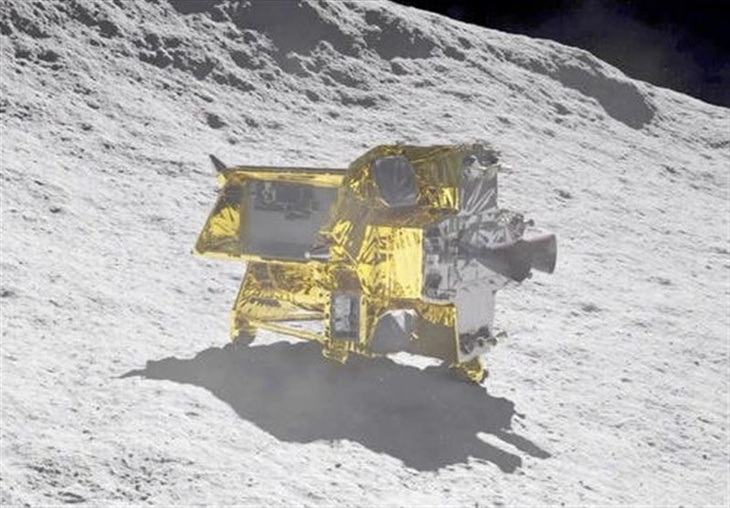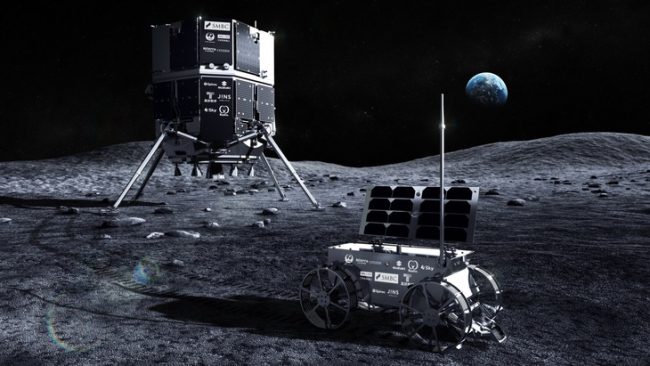
Laser Glitch Dooms Japanese Lunar Lander in Second Failed Moon Mission
A Japanese space company, ispace, has confirmed that a malfunction in its laser navigation system led to the crash of its lunar lander, Resilience, during a recent moon mission. This marks the company’s second failed attempt to achieve a soft landing on the lunar surface in two years.
The lander was targeting the Moon’s Mare Frigoris region—Latin for “Sea of Cold”—when the laser range finder failed to accurately measure the distance to the surface. As a result, Resilience descended at a dangerously high speed of 42 meters per second before losing contact and crashing.
NASA’s Lunar Reconnaissance Orbiter later captured images confirming the wreckage of both the lander and its mini rover. The incident echoes space’s first mission failure in 2023, which was caused by a software error during the final descent phase.

Despite the setbacks, ispace remains committed to lunar exploration. The company has announced plans for a third mission in 2027 in collaboration with NASA, followed by a fourth. CEO Takeshi Hakamada emphasized their determination, stating, “We have not stepped down in the face of setbacks. We’re firmly taking the next step toward our future missions”.
Only one private company—Firefly Aerospace—has successfully landed on the Moon in recent years, highlighting the immense challenges of private lunar exploration.
